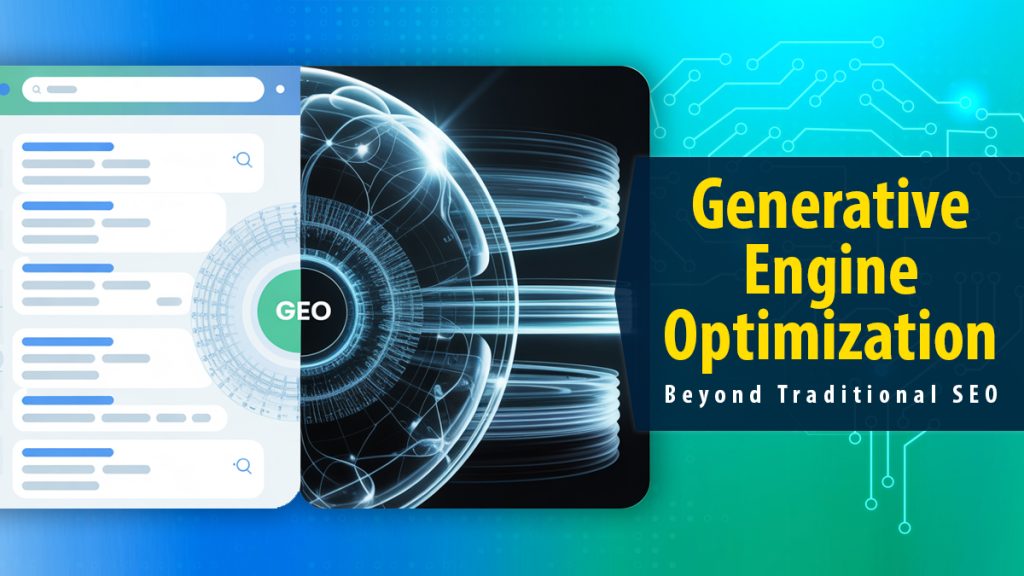Content that is built on facts has always held greater value, but with the rise of AI-driven search and discovery, its importance has multiplied. Generative Engine Optimization GEO ensures that fact-based writing is not only accurate but also structured in a way that AI engines prefer to cite. When content is created with verified information and proper formatting, it becomes a reliable reference for AI tools, improving visibility and authority. GEO transforms factual content into citable assets, allowing articles, blogs, and expert insights to gain long-term recognition across AI-driven platforms.
GEO Makes Content Citable
Generative Engine Optimization focuses on presenting information clearly so that AI engines can easily extract and recommend it. Fact-based content becomes highly citable because GEO emphasizes:
- Accuracy: Using data and verified knowledge to strengthen trust.
- Structure: Presenting information in a simple, organized way.
- Clarity: Avoiding unnecessary complexity so AI engines can interpret meaning without confusion.
- Consistency: Maintaining a uniform style so content is recognized across platforms.
By aligning content with these principles, GEO positions articles as valuable resources that AI systems prefer to highlight.
Why Fact-Based Content Matters for AI References

AI engines prioritize reliability. Content with vague opinions or unverified claims is less likely to be cited. Fact-based material gives AI the confidence to use it as a reference, which directly boosts an author’s credibility. This also builds long-term trust, as readers and systems continue returning to sources that provide dependable insights.
Key reasons fact-based content works well with GEO:
- Trust builds authority over time.
- Verified information attracts AI-driven citations.
- Structured content increases chances of recognition.
Steps to Turn Content into AI-Citable References
Applying GEO methods ensures your content becomes more than just informative it turns into a go-to reference point. Some effective practices include:
- Use verified statistics and data: Content with numbers and facts is more likely to be cited.
- Break information into sections: Subheadings and bullet points make it easier for AI to identify relevance.
- Keep language simple: Direct answers are more valuable for both readers and AI-driven engines.
- Highlight takeaways: Summarizing key points strengthens visibility and usefulness.
- Maintain factual accuracy: Outdated or incorrect data reduces the chance of being cited.
Long-Term Benefits of GEO-Optimized Content
The power of GEO lies in its long-term impact. Once content becomes a citable reference, it continues generating visibility without constant updates. Fact-based and structured writing maintains relevance because AI systems look for reliable knowledge that does not lose value quickly. GEO offers practical frameworks for improving AI search relevance and user engagement consult this useful reference for examples, templates, and tactical recommendations that accelerate results.
Key advantages include:
- Stronger online authority across platforms.
- Higher chances of being quoted or referenced by AI tools.
- Consistent growth in content visibility.
- Lasting recognition for expertise in a subject area.
Generative Engine Optimization transforms factual content into resources that AI engines cite repeatedly. When information is accurate, structured, and easy to interpret, it builds lasting credibility and authority. Fact-based writing paired with GEO practices ensures that content is not just read but trusted, shared, and referenced across multiple platforms. This approach strengthens long-term visibility and positions authors as reliable experts in their field.



